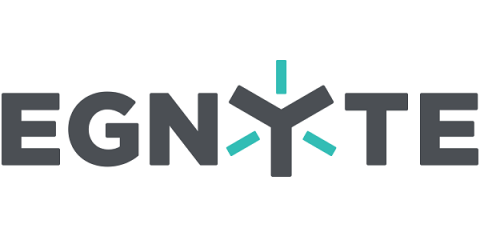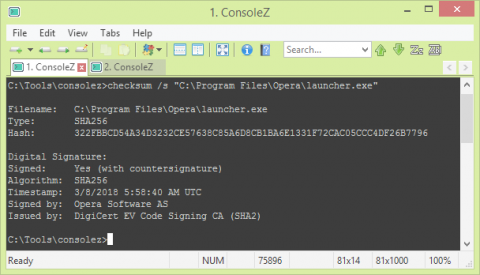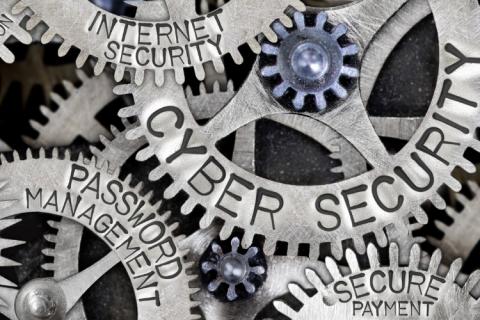3 Emerging Innovations in Technology that Will Impact Cyber Security
The war between security experts charged with the responsibility of protecting information and cyber-criminals who threaten to compromise the integrity of data for different entities has become a cat and mouse game. For instance, as soon as white hats counter one form of malicious behavior using encryption tools, there is the almost immediate development of yet another malevolent form of threat for information systems.






